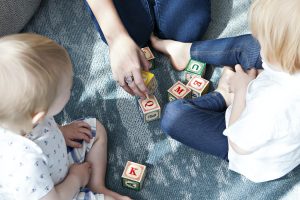Reading and studying are both crucial parts of the learning process. Both are often interdependent and are usually done together. But, reading and studying differ in many ways. Both have unique benefits and purposes that can up your learning experience.
Difference between reading and studying? Although reading and studying are connected to each other, it serves a varied purpose. Reading refers to scanning and making sense of information. Studying requires cognitive skills to gather, store, and comprehend something.
It is easy to confuse reading with studying. Since it correlates with each other, some might think of it as a similar thing. But, reading is not studying and studying does not pertain to reading. In this article, I will detail the difference between the two.
Importance of knowing the difference between reading and studying
Identifying the difference between reading and studying can help boost your learning experience. The two have different purposes, processes and types. Knowing more about the difference may help in planning study sessions. Depending on your time or needs, you may decide to do either or both.
The table below will give an idea of the contrast between reading and studying.
| Reading | Studying | |
|---|---|---|
| Definition | To go through a reading material for particular information. | To actively engage in material to completely grasp concepts or information. |
| Purpose | Gathering information. | Comprehend and memorize information. |
| Requirements | Lesser time, effort, and commitment. | Thorough planning. More time, effort, and commitment. |
| Process | Pre-reading Reading Responding Exploring Applying | Preview Attend class Review Study Assess |
| Types | Skimming Scanning Intensive or functional Extensive or recreational Literature reading Detailed study reading | To gather information To retain information To test or refresh the memory To find the most efficient learning strategies and/or styles |
Similarities
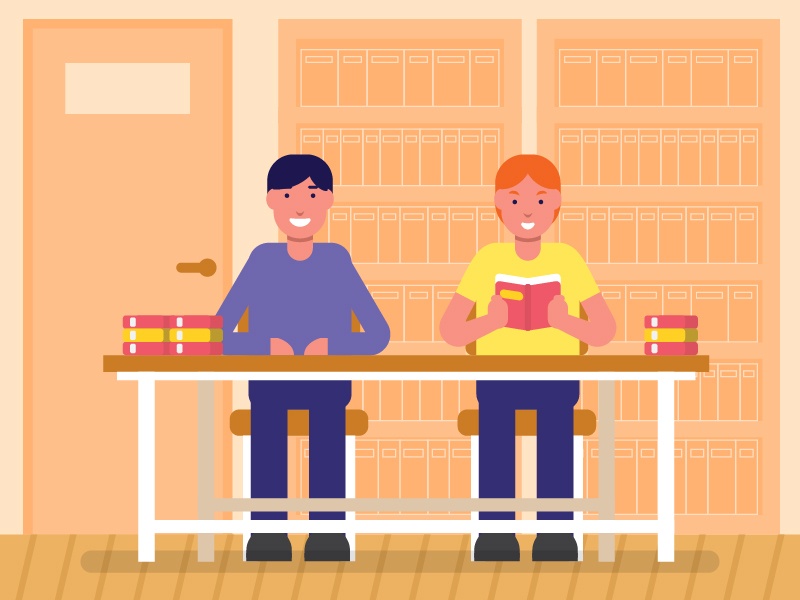
Before detailing the difference between reading and studying, let’s acknowledge the similarities. As I have mentioned, it is very easy to confuse reading with studying. This is because of the likeness of both activities.
- Reading and studying are both helpful when preparing for a class or examination.
- Both are useful to gain new information or insight.
- Both can sharpen cognitive capabilities and skills.
- Both activities involve examining a certain subject or topic.
- Both activities complement each other. To see improvement in studying, you should improve your reading skills (vice versa).
Additionally, both reading and studying need time and consistency to see improvements. Students should make reading and studying a habit.
Reading vs Studying
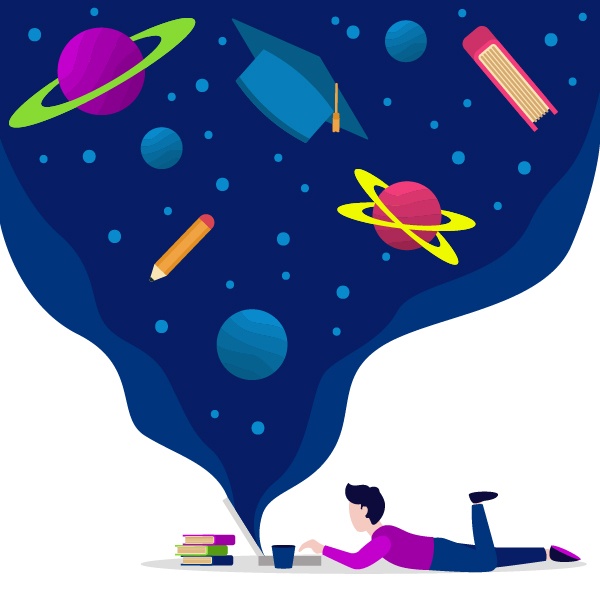
Despite the many similarities, reading and studying are different from one another. There are differences in terms of definition, purpose, requirements, process, and types.
Definition
Reading, in a sense, is to examine and interpret letters, symbols. Based on Merriam Webster, reading – among its many definitions – pertains to:
- Receiving or making sense of letters, symbols, etc. “especially by sight or touch.”
- Uttering aloud the printed or written words.
- Familiarizing with or scanning contents of reading materials (like books).
- Checking for errors (proofreading).
- Interpreting the meaning or significance of something.
Studying requires the mind to actively engage when acquiring knowledge and understanding something. As defined by Merriam Webster, studying means:
- “To read in detail especially with the intention of learning.”
- To carefully and attentively examine details.
- An activity involving contemplation and reflection.
- The “application of the mental faculties to the acquisition of knowledge.”
- Involving memorization and application in a specific field or subject.
As I have mentioned earlier, reading is not studying and vice versa. Sometimes reading something doesn’t mean you are studying. For example, flipping through a comic book doesn’t equate to studying it. Although reading can be a part of studying, it can be performed without the intent of learning.
Meanwhile, studying isn’t limited to reading or writing. There are other ways to study depending on a person’s learning style. Some can learn better when reading or writing. Others depend more on visuals, sounds, or physical engagement.
Purpose
Reading is useful when gathering information. Connecting ideas is also a purpose of reading. It helps when re-examining or reviewing lessons without retaining much.
Studying is done to comprehend the information that you acquired from reading. Memorization is essential when studying.
Requirements
Reading requires fewer effort, time, and commitment. Most of the time, reading focuses on less complex details.
Studying involves researching and analyzing. So, it may need more energy, time, and attentiveness. It focuses on specific subjects and/or complex topics.
Process
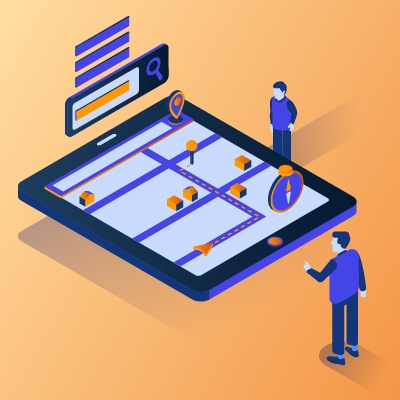
Reading:
- Pre-reading: This stage is when a teacher or someone introduces the reading material to students. Key information and vocabulary terms are mentioned. The first look at the reading material where certain parts (chapters, illustrations, etc.) are examined.
- Reading: Students proceed to read the material from beginning to end. This can be performed individually, with a buddy, shared, guided, etc.). The reading stage involves strategies and skills as well as close examination.
- Responding: Responding is retrieving what the student learned about or read in the material.
- Exploring: This involves re-reading and re-examining certain parts of the material. This can help to pick up more vocabulary and information. The genre, structure, and literary devices used in the material are also observed.
- Applying: Through various activities, students may apply the information they gathered from the material. Writing essays, doing PowerPoint presentations, and other interpretations demonstrate comprehension of the material.
Studying: (based on The Study Cycle)
- Preview: Reading and/or gathering information from various materials. This is performed before attending class or lectures.
- Attend class: Listening to lessons, asking and answering questions about the lecture. This also involves note-taking.
- Review: Reading and organizing notes after class. In this stage, you can try to fill in gaps or take note of any questions or ideas.
- Study: Studying the materials (books, lecture slides, notes, etc.). Study sessions involve interpreting and analyzing information. Memorizing key details is important.
- Assess: Recalling information through tests or other activities.
Types
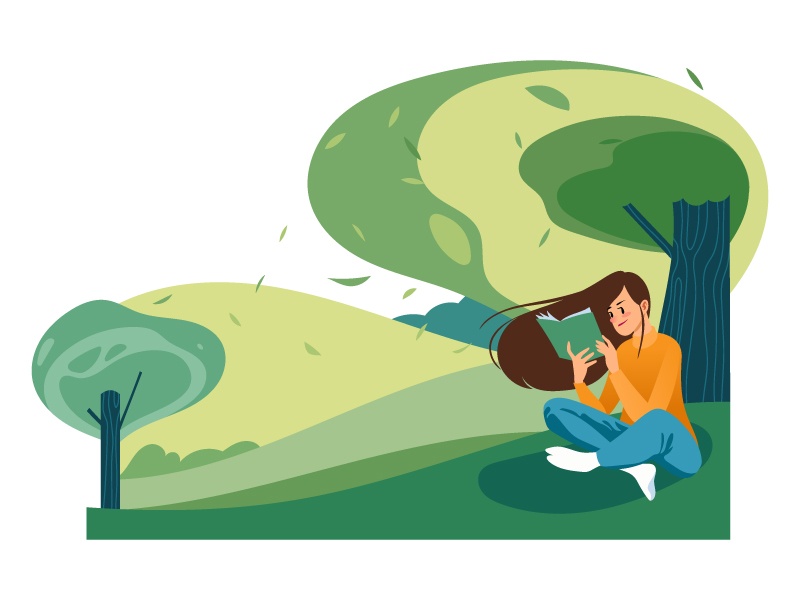
Reading: There are many categories for types of reading. The forms can be according to reading performance or reading-instruction programs. Listed below are the types of reading according to purpose. These are the most common varieties of reading.
- Skimming: Quickly viewing or reading a section of text to get a general understanding. This involves paying close attention to titles, headings, illustrations, etc.
- Scanning: Like skimming, scanning is a rapid reading. But, the purpose or focus is on one or specific part of the text. You skip the non-essential parts and focus on a particular piece of information.
- Intensive or functional: Reading the text word for word. The texts are typically related to a course or research. The most typical materials for this type are academic textbooks, periodicals, and literary works.
- Extensive or recreational: Also known as light-type of reading, this is performed to spend leisure time. You read for entertainment purposes. Here, the familiar materials are anything that is enjoyable or interesting.
- Literature reading: Aimed at reading various types of literary pieces. This will encourage you to enjoy the diverse genres and types of literature.
- Detailed study reading: This type of reading is connected to studying. The purpose is to analyze the content of reading material. This follows the SQ3R Method (Survey, Question, Reading, Recall, Review).
Studying:
- To gather information: The main purpose or focus is to take notes from reading materials or lectures.
- To retain information: This involves the process of moving information to long-term memory. Repeated reading, memorization, and recitation are required.
- To test or refresh the memory: Checking for what you absorbed or remembered from the study materials. Self-tests are helpful to see if you retained the information you needed.
- To find the most suitable learning strategies or styles: Finding the most effective learning strategies or styles need trial and error. Many study sessions and experimentations will help you see which one works best for you.
Conclusion
Reading and studying are similar in some ways. But both of them serve distinct purposes. There are also various processes and types involved in reading and studying. Even so, both of it can help students boost their learning experience. It is equally vital in improving academic standing or performance.
Related questions
How to know whether you should read or study? Determining whether to read or study (or do both) depends on your goals or the outcome that you are expecting. It also depends on the tasks and the time that you have. As established from the details above, reading and studying have different functions. Studying is best if you aim to gain, analyze and memorize information. Meanwhile, if you want to have limited or leisure time, reading can be suitable.
When is the best time to read or study? Ideally, it is easier to insert reading in your daily routine. Skimming or scanning notes or books doesn’t take a lot of time. Depending on the type of reading that you need to do, you can do it anytime. Meanwhile, studying requires planning. To get better study sessions, you have to schedule it properly. It might depend on the energy or free time you have. Sometimes you also have to take into consideration your learning style.

